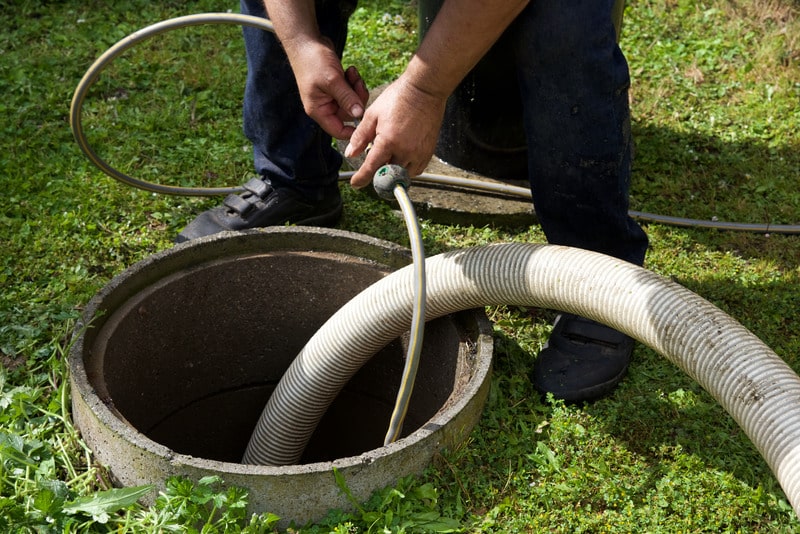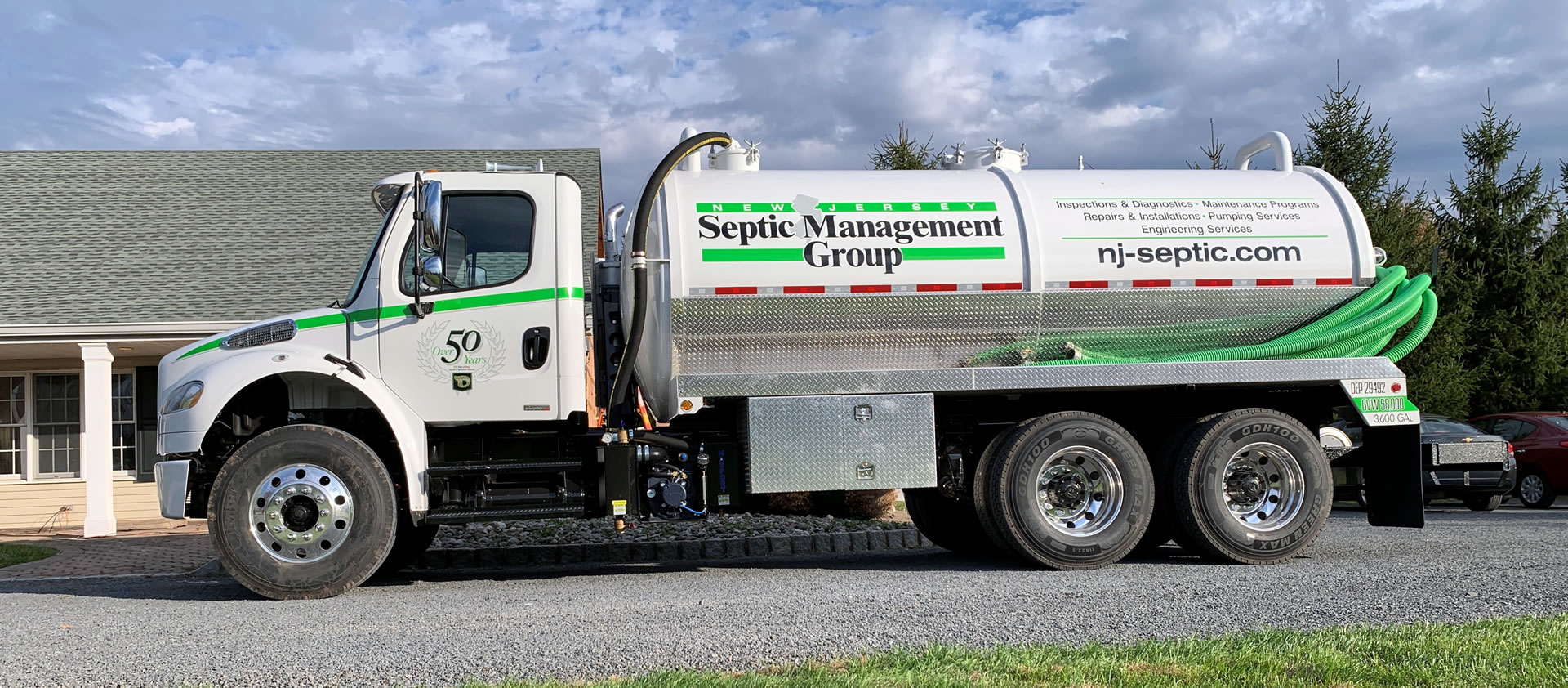Not known Facts About Stillwell Septic And Grading
Table of ContentsThe 3-Minute Rule for Stillwell Septic And GradingHow Stillwell Septic And Grading can Save You Time, Stress, and Money.Indicators on Stillwell Septic And Grading You Should Know8 Easy Facts About Stillwell Septic And Grading DescribedA Biased View of Stillwell Septic And GradingStillwell Septic And Grading - QuestionsThe smart Trick of Stillwell Septic And Grading That Nobody is Talking About
Overall, septic tank setup is a complex procedure that calls for cautious planning and implementation. House owners ought to function with a trusted installation group and recognize regional regulations and requirements to make sure that their septic system operates appropriately for years ahead. After the sewage-disposal tank has actually been set up and connected to the drainpipe area, it is time to backfill the location.The backfill material should be cost-free of clods, big rocks, icy issue, and particles that can cause spaces in the backfill that might allow resolving in time. Squashed rock or pea gravel 1/2-inch in diameter is favored if indigenous materials are not ideal. Once the backfilling is total, it is time to landscape the location.
Once the septic system has actually been installed, it is important to evaluate it to ensure that it is working appropriately (Septic Tank Pumping). https://www.cheaperseeker.com/u/stillwellsag. Examining the system involves looking for leakages, guaranteeing that the storage tank is at the appropriate level, and taking a look at the drainpipe field. Among the most typical tests performed is the hydraulic load test
What Does Stillwell Septic And Grading Do?
The water is after that monitored to guarantee that it streams appropriately with the pipelines and into the drainpipe field. If the water does not flow correctly or supports into the container, it might indicate a problem with the system. Another examination that is frequently executed is the dye examination.
The color is after that monitored to ensure that it moves correctly with the pipes and into the drainpipe area. If the dye does not move properly or appears in the incorrect area, it might suggest an issue with the system. It is necessary to have a specialist execute these examinations to make sure that they are done appropriately.

The Ultimate Guide To Stillwell Septic And Grading
Below are some important tips for property owners to preserve their septic system: The ordinary house septic system must be checked at least every 3 years by a septic service expert. The regularity of pumping relies on the dimension of the storage tank and the variety of people using it. https://stillwellsag.edublogs.org/2024/03/13/revolutionizing-septic-services-stillwell-septic-and-grading/. A general general rule is to pump the storage tank every three to 5 years
Making use of water-efficient components and home appliances, such as low-flow showerheads and commodes, can lower water use and aid the septic tank work a lot more effectively. Only flush toilet tissue and human waste down the bathroom. Prevent flushing anything else, consisting of womanly health items, infant wipes, and cooking grease, as they can clog the system.
The 20-Second Trick For Stillwell Septic And Grading
Sewage-disposal tank installment is an intricate procedure that requires careful preparation and execution. Homeowners need to know the required steps associated with the installment process to make sure that Read More Here their septic system works effectively and effectively. The very first step is to examine the website where the septic system will certainly be set up.
When the website has been assessed, the following action is to prepare for the installation. Property owners need to make sure that their service provider is experienced in septic container installation and will certainly function along with them throughout the process.
The smart Trick of Stillwell Septic And Grading That Nobody is Discussing

Homeowners should understand the required actions entailed in the installation procedure to make sure that their septic system works appropriately and successfully. By complying with these steps and preserving their system, property owners can relax guaranteed that their septic system will offer reliable wastewater treatment for years to find.
Nearly one in 5 U.S. homes have septic systems. Yours might be one of them. If you're not appropriately maintaining your septic system, you're not just harming the setting, you're placing your household's health and wellness at riskand may be flushing hundreds of dollars away! Do Your Part, Be SepticSmart: The Do's and Do n'ts of Your Septic System.
Some Known Factual Statements About Stillwell Septic And Grading

All that additional water can actually strain your septic system. This can be useful particularly if your system has actually not been pumped in a long time.
How Stillwell Septic And Grading can Save You Time, Stress, and Money.
Know your system's area. When you have the tank pumped, draw a diagram or map showing its area in connection to repaired points - edges of the home, steps, or fencing posts.
Minimize the amount of wastewater that need to be treated and disposed of by your system: Wash no more than one or two lots of garments daily. Up to 53 gallons of water flooding your septic system with each tons, so it's finest to spread washing out over the week.